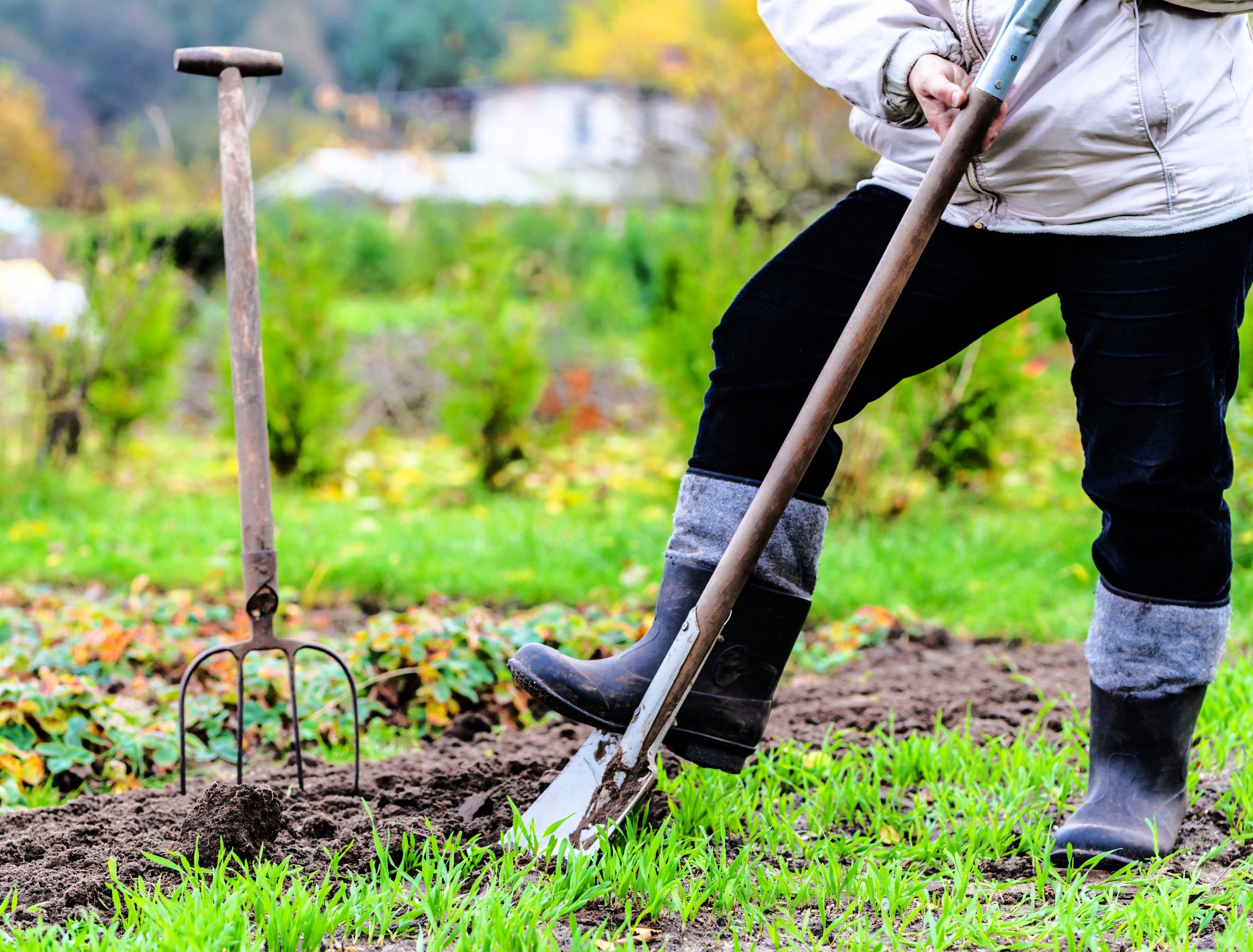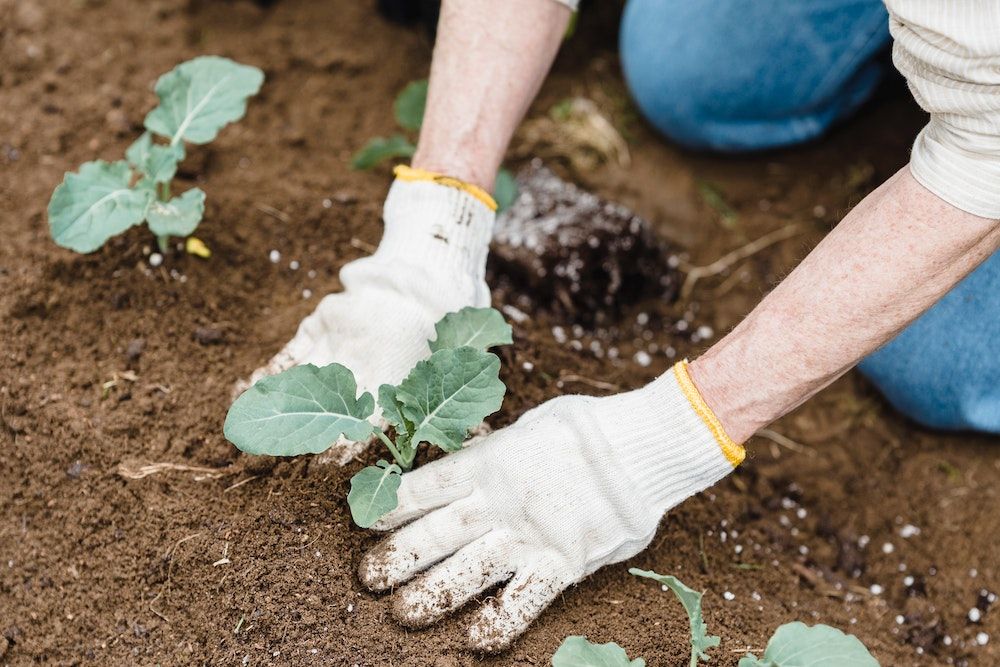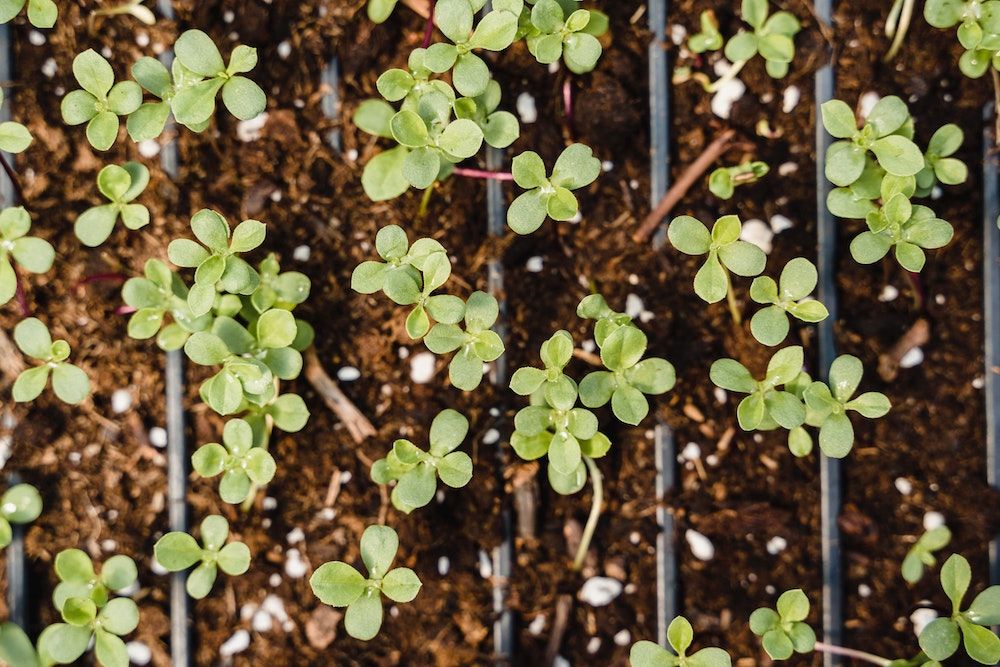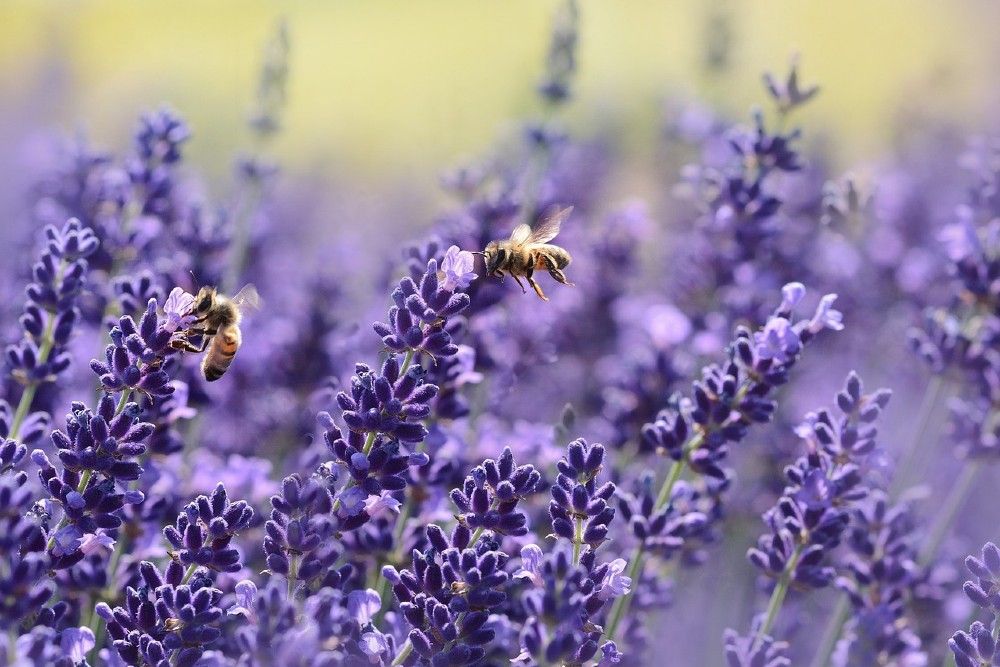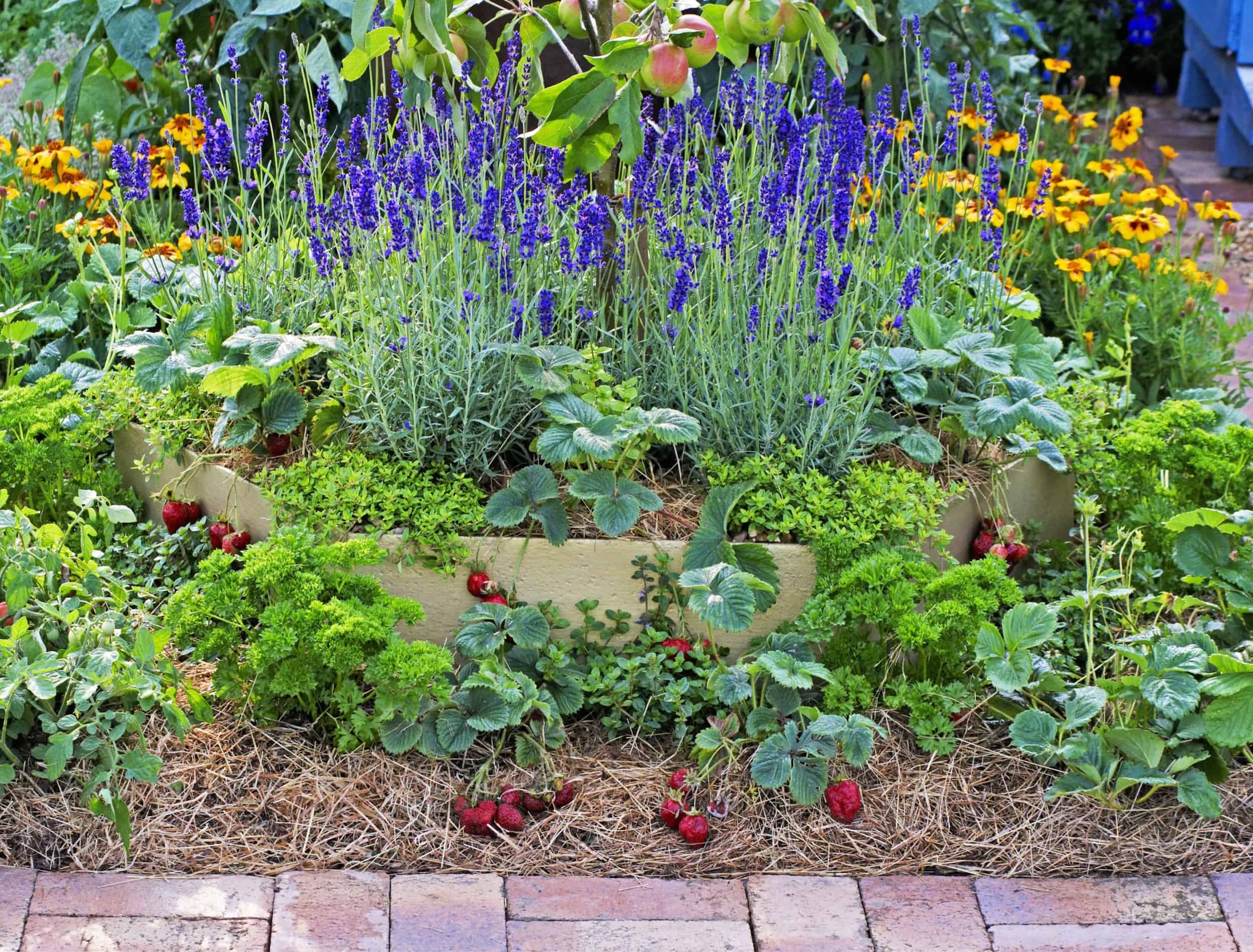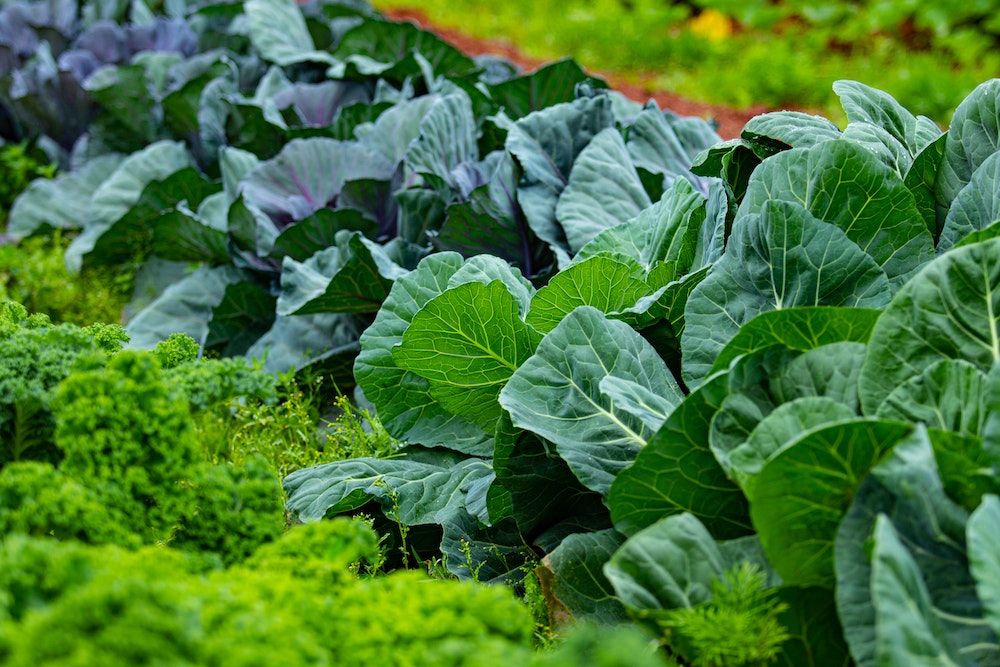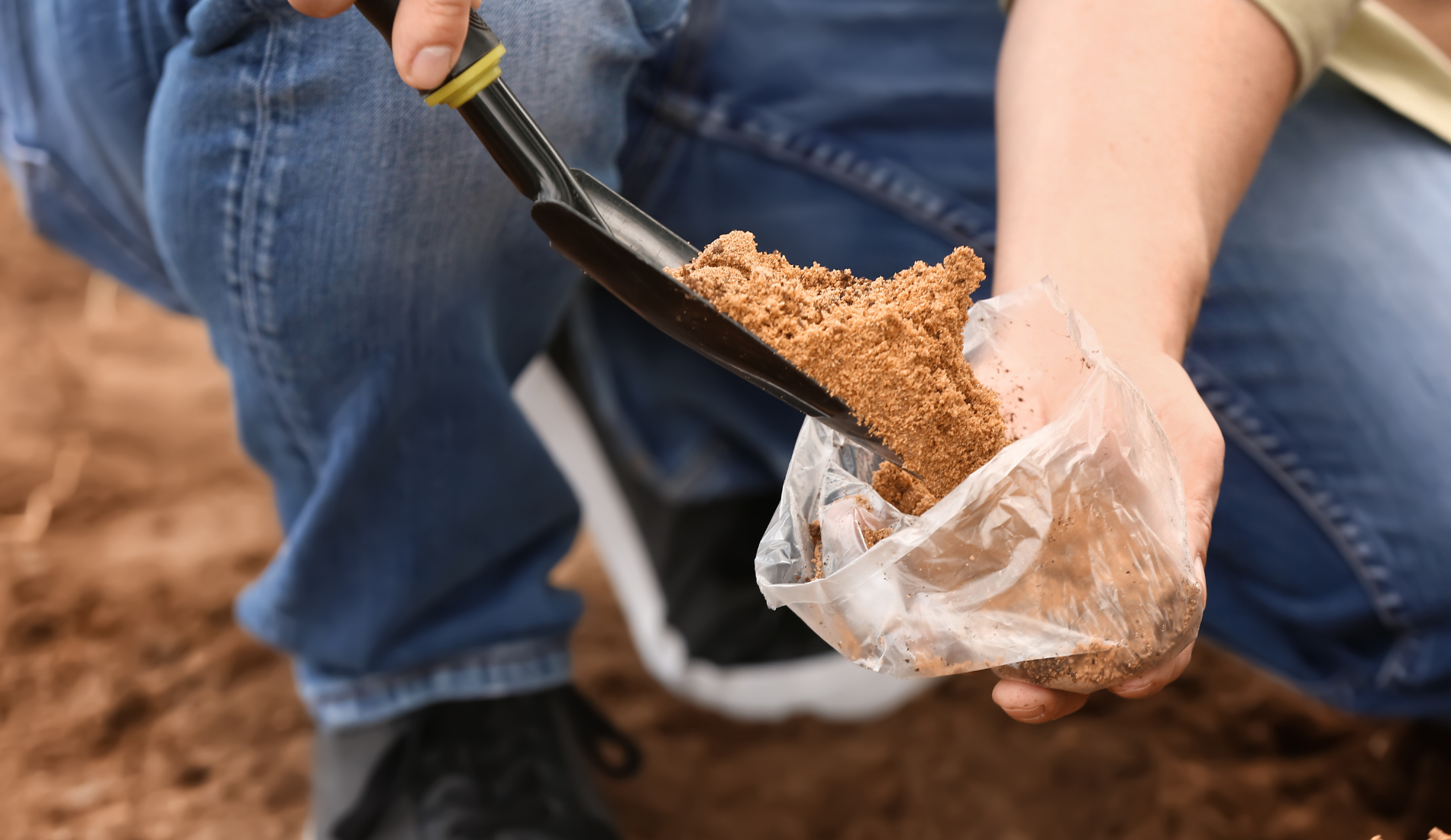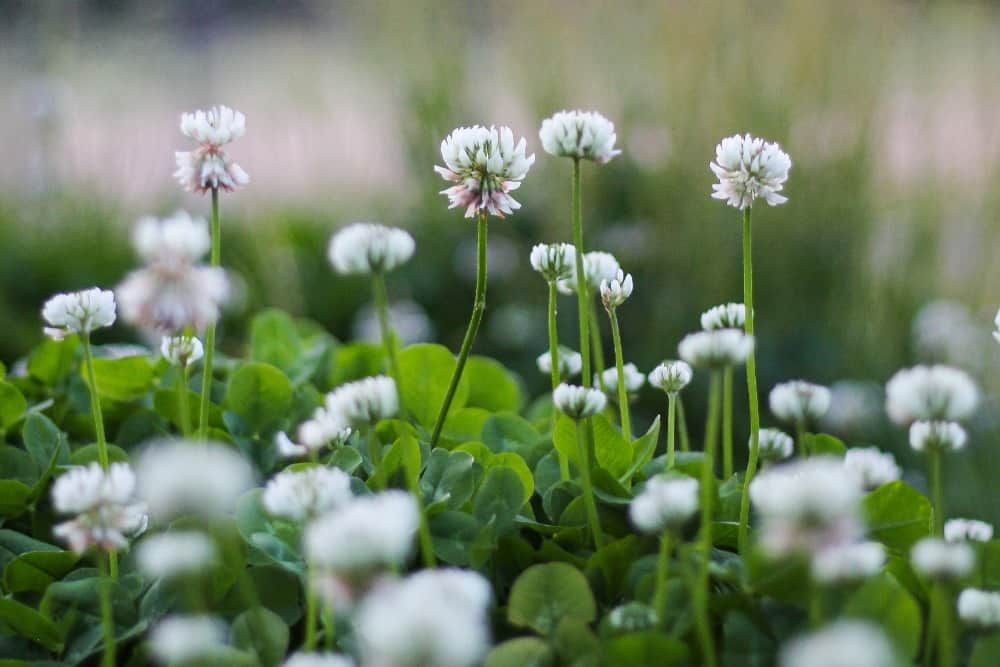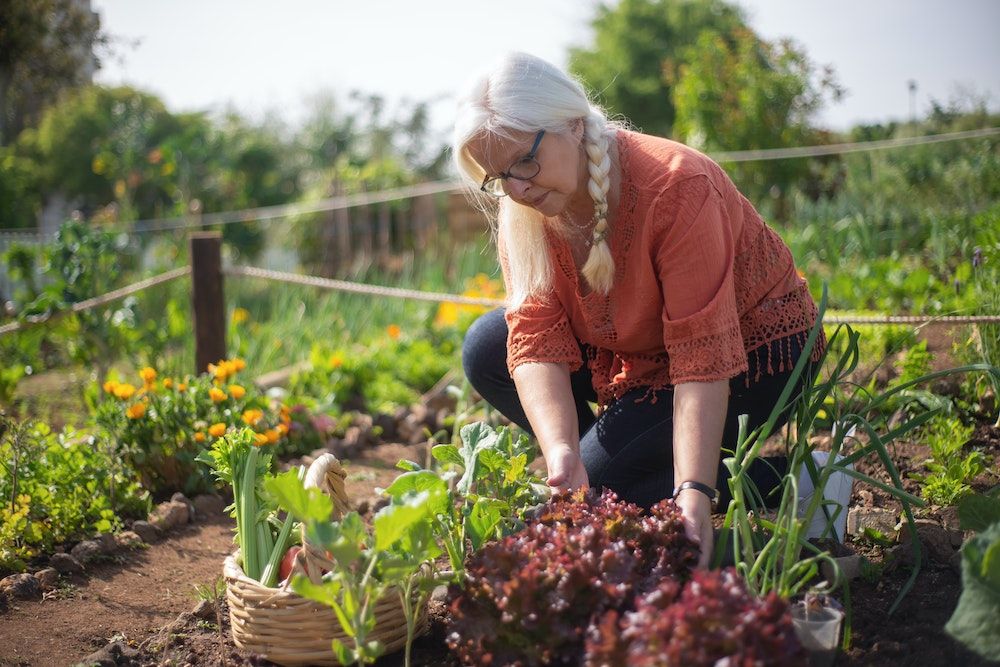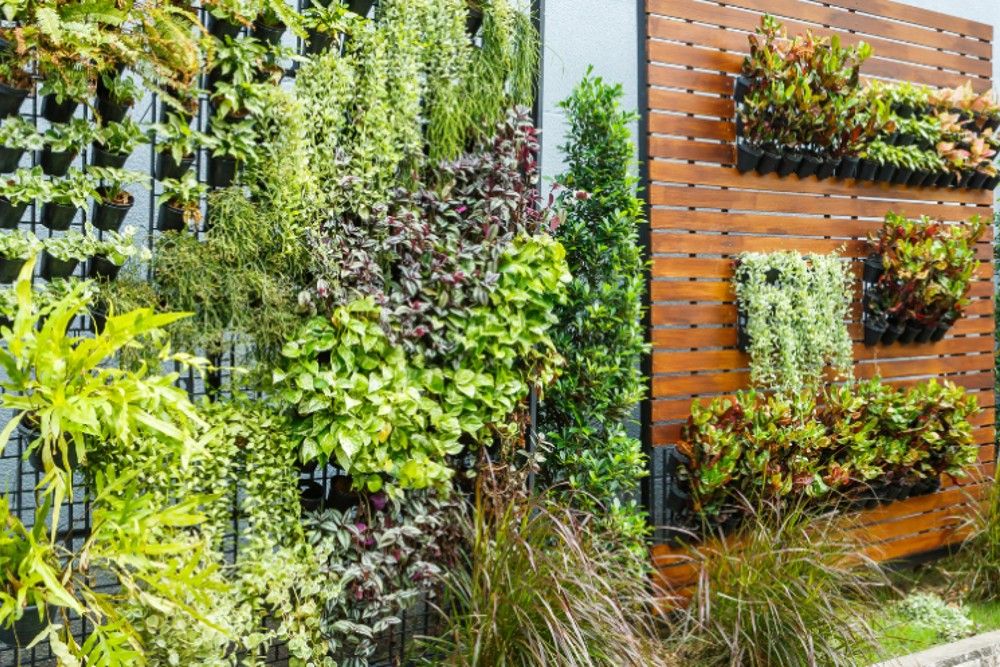Planning the perfect backyard garden can be a lot of fun, but it’s also a tall order. Whether you prefer to plot out your gardens in blue-print detail or rely on stick labels and your iron-clad memory, there are countless different combinations of plants to choose from to delight your senses. When it comes to planning it all out, there are many tasks on the mind of a gardener. While everyone’s definition of a perfect backyard garden will vary, here are 13 tips that are sure to inspire you to start planning this year’s garden.
Take Your Time
Image credits: alicja neumiler via Shutterstock
Give yourself, and your yard time to grow into a space you love and enjoy. Have fun deciding what type of garden you want. Grow what you love and want to eat, and don’t overextend yourself. It can take a lot of work and water to maintain larger garden plots, especially if you live in a drought-prone area. Start small and build from there. Remember: The perfect backyard garden isn’t going to happen overnight, and it may not happen in one season.
Consider the Seasons
Image credits: firina via Canva
One of the best ways to plan your garden is by mapping it out on paper. Plant crops with similar growing lengths together. Place perennials, such as dill, chives, and coneflowers, in separate gardens or along the edges so they don’t get in the way of tilling for your annual crops. Tall or trellised crops provide shade for shorter vegetables when placed on the north side of the garden.
Faster-growing crops may utilize a plot of soil two to three times throughout the year; map out your garden for each season; spring, summer, and fall/winter. Pull out the old pen and paper, or use a garden planning app.
Succession Plant
Image credit: Greta Hoffman via Pexels
Succession planting is one of the best ways to take your time and ensure you aren’t overwhelmed come harvest time. The key is not to plant all your seeds at once. For fast-growing crops, such as radishes, spinach, and lettuce, you can plant them in spring, summer, and fall for multiple harvests. For slower-growing crops, succession planting involves spacing out your planting by a few weeks. This way, you won’t wind up with 60 zucchini all in one week and have to beg your friends to take them off your hands.
Follow the Sun
Image credits: yourtimetoshine via Canva
When selecting your garden plots, take advantage of the sun and pick an area that receives at least six to eight hours of direct sunlight. First, analyze where and when the sun hits your yard. This can change throughout the seasons, so figure out where your prime sun areas are for spring, summer, and fall. Plant sun-loving plants in the full-sun plots, and leave the more shaded areas for the shade-loving crops.
Order Seeds and Start Seedlings
Image credit: Greta Hoffman via Pexels
Seed viability can last upwards of two years, so there’s no harm in ordering your seeds first thing in the new year. Order seeds by January or February because, depending on delivery time and the crops you choose, it may be time to start seedlings when they arrive.
Dates can vary depending on location, so plant according to the seed package and your growing climate. But generally, you can start asparagus, leeks, and rosemary as seedlings in January or February. Wait until March and April to start tomatoes, peppers, and squashes as seedlings.
Choose Native Plants
Image credit: castleguard via Pixabay
When selecting plants for your garden, choose plants native to your area. They require less water because they are compatible with the climate, making them more likely to thrive and provide bountiful harvests than exotic species. Better yet, native plants help support the local wildlife, which will help your plants by attracting pollinators.
Add Variety
Image credits: Gardens by Design via Shutterstock
One of the best tips for planning the perfect backyard garden is planting a diversity of plants and flowers. Not only is the vibrant array of colors aesthetically pleasing, but you’ll create bullseyes for the bees and butterflies. Plant a good variety of herbs, fruits, and flowers in addition to vegetables. Chives, sunflowers, and milkweed are fantastic choices and can help increase pollination in your vegetable crops.
Companion Plant
Image credit: Prabahar Ravichandran via Pexels
When planning your backyard garden, consider companion plants. Many herbs, such as lavender, mint, and rosemary, repel pests, making them great to intersperse throughout your garden. Some flowers, such as sweet alyssum, marigolds, and sunflowers, help reduce weeds.
Although many combinations of companion plants work, there are some combinations to avoid. Due to cross-pollination and competition for nutrition, carrots and dill, beans and onions, and tomatoes and potatoes are all poor combinations. Good companion plants for tomatoes include basil, spinach, and onions.
Check Your Soil Composition
Image credits: pixelshot via Canva
When planning your garden plot, it's important to first understand your current soil composition. Most vegetables prefer a neutral pH range, between 6 and 7, with fertile, well-draining soil. Sandy soil does not hold water well, whereas clay soil often holds too much water. Adding organic material to your garden soil helps create the ideal balance. Testing for pH, nitrogen, phosphorus, and potassium levels is best practice.
Prepare the sites accordingly by adding compost, nutrient-rich soil, and nutrients as needed and according to each plant's needs. Blueberries, for example, grow well in acidic soil. In contrast, asparagus prefers slightly alkaline soil, so it's better to plant these two crops in separate beds. Add organic material in the fall so it breaks down by the spring. Adding dolomite lime to your beds in late winter can help neutralize soil pH and provide vital minerals, such as calcium and magnesium, to the soil.
Plant Cover Crops
Image credits: Crystal Jo via Unsplash
Planting cover crops like rye, buckwheat, or clover in the fall is fantastic for improving soil composition. They also provide food for pollinators, which can be harder to find in the cooler months. In the spring, you can till the organic matter into the soil, providing nutrients for your summer crops.
Rotate Your Crops
Image credit: Kampus Production via Pexels
Because different plants require different nutrients, crop rotation improves the health of your soil by preventing nutrient depletion. Rotate your crops yearly and be mindful to wait a minimum of three years before planting crops from the same family in the same plot again.
For example, if you have multiple garden plots or raised beds, consider rotating between Cucurbits (cucumbers, zucchini, and squash), Solanaceous (tomatoes, peppers, and potatoes), Brassicas (broccoli, cabbage, and leafy greens), Alliums (onions, leeks, and garlic), and legumes (green beans, green peas, and chickpeas).
Legumes provide excellent nutrients for the soil. If you leave them to decay in the soil over winter, they will provide nitrogen-rich soil for your heavy feeders the following year. Potatoes and carrots don't require as much nitrogen, so it's best to rotate them with crops such as tomatoes and cucumbers, which have higher nutritional needs.
Keep maps and notes from previous years to streamline this process. If you like to use stick labels, consider color-coordinating them and matching them with the different family groups to help with crop rotation.
Note: Perennials and herbs do not need rotation.
Go Vertical
Image credits: smuay via Canva
Save on space, increase yields, and reduce problems with pests and diseases by going vertical in your backyard garden. Vining or sprawling plants, such as squash, melon, and climbing beans, are perfect for vertical gardening. These crops can climb and produce large harvests under proper growing conditions. Not only will your backyard garden feel like a jungle oasis, but your plants (and your back!) will be happier.
Container Gardening
Image credits: Geo-grafika via Canva
When planning out your perfect backyard garden, don’t discount container gardening! Not only is it ideal for aggressive plants like mint and epazote, but it’s also a great way to go vertical or extend your garden onto your patio, deck, or balcony. Herbs, tomatoes, and leafy greens are perfect for containers, and they can be strategically placed within a few steps of the back door for easy access while cooking.
Plan(t) On!
Some years carrots and radishes may thrive, and other years you may have more luck with your Brussels and squash. Seasonal changes are a normal part of gardening, but keep track of recurring patterns. If your kale never makes it past the summer heat, consider giving them more shade or planting them as a fall crop. If your plants struggle with pests, plant repellants such as chrysanthemums and sage. Celebrate your successes and learn from your mistakes.
What are your tips for planning the perfect backyard garden? Share in the comments!


